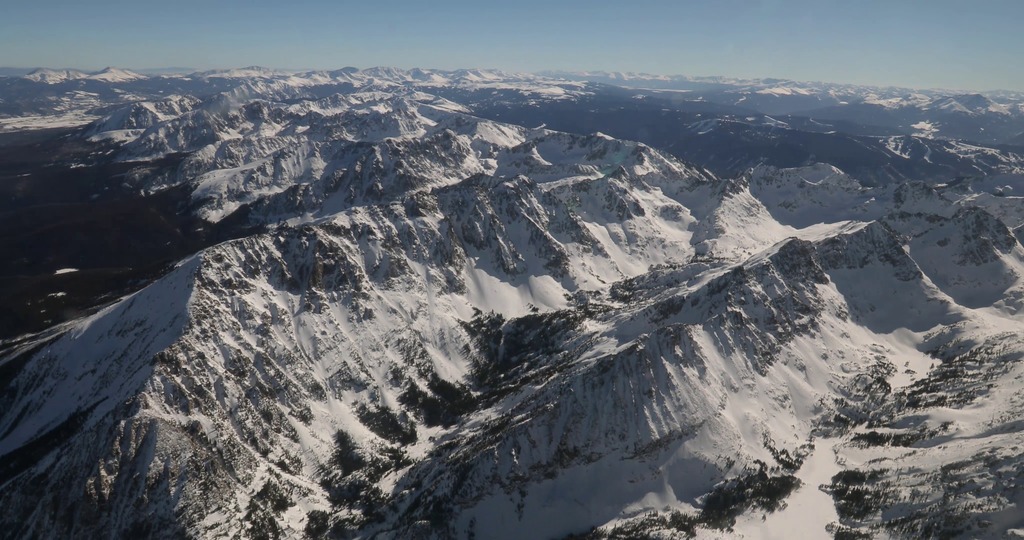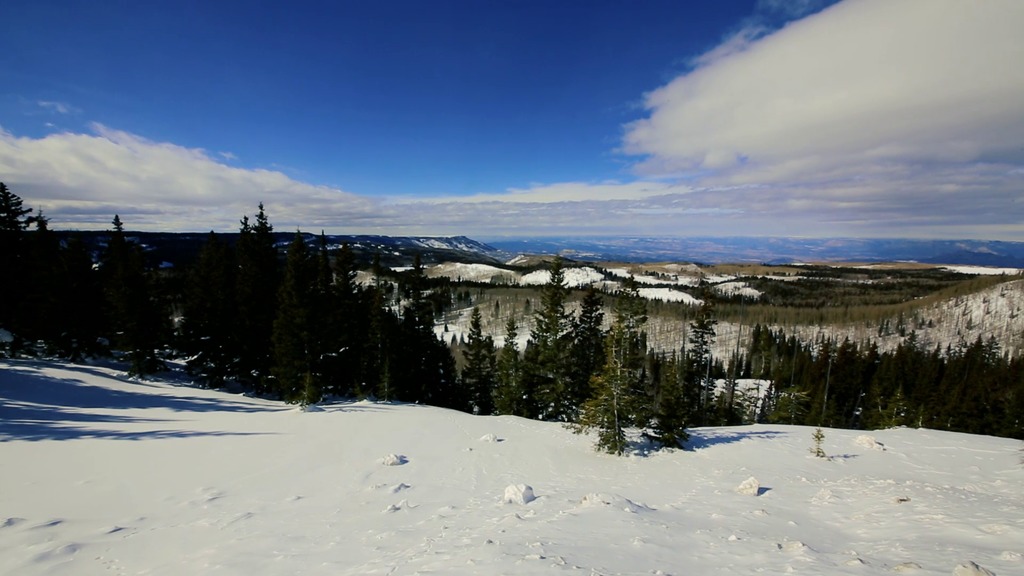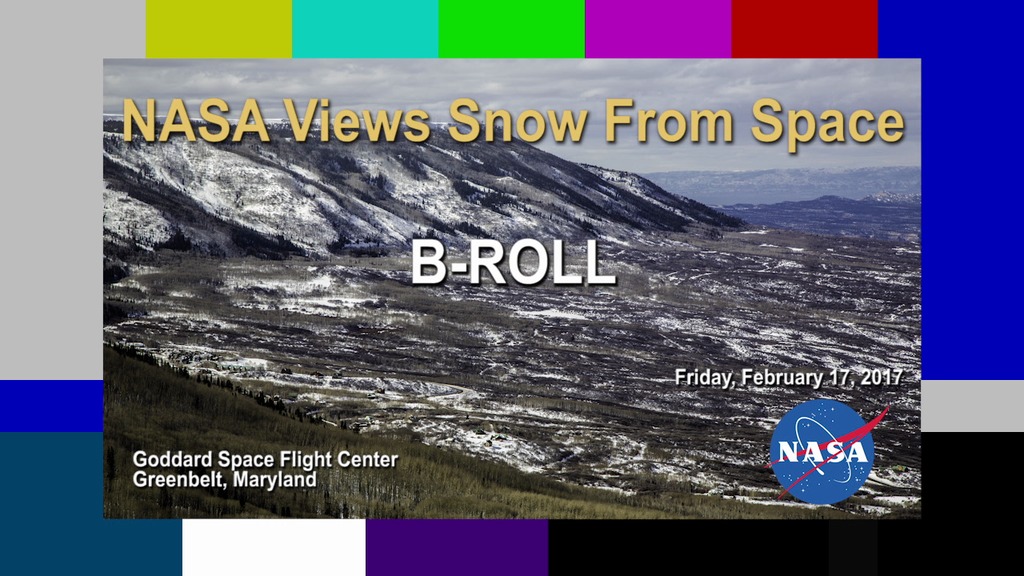SnowEx Field Campaign: B-roll From The P-3 Orion Aircraft
SnowEx is a NASA led multi-year research campaign to improve measurements of how much snow is on the ground at any given time and how much liquid water is contained in that snow.
Five aircraft with a total of ten different sensors will participate in the SnowEx campaign. From a base of operations at Peterson Air Force Base, Colorado Springs, SnowEx will deploy a P-3 Orion aircraft operated by the Scientific Development Squadron ONE (VXS-1), based at Naval Air Station Patuxent River, Maryland. A King Air plane will fly out of Grand Junction, Colorado, while high-altitude NASA jets will fly from Johnson Space Center in Houston.
The planes will carry passive and active microwave sensors that are good at measuring snow-water equivalent in dry snow, but are less optimal for measuring snow forests or light snow cover. The campaign will also deploy an airborne laser instrument to measure snow depth, and airborne sensors to measure surface temperature and reflected light from snow.
Data acquired from the SnowEx campaign will be stored at the National Snow and Ice Data Center in Boulder, Colorado, and will be available to anyone to order at no cost, as is the case with all NASA data.
For more information: https://www.nasa.gov/earthexpeditions
A collection of b-roll captured from the Peterson Air Force Base in Colorado Springs of the P-3 Orion aircraft.
A collection of b-roll captured during a science flight from Colorado Springs over Grand Mesa and Senator Beck Basin.
A collection of b-roll captured of the view during a SnowEx science flight over Grand Mesa and Senator Beck Basin in Colorado.
A collection of b-roll captured from Patuxent River in Maryland where snow sensors were integrated into the P-3 Orion aircraft.
A collection of b-roll captured from Patuxent River in Maryland where snow sensors were integrated into the P-3 Orion aircraft.
Credits
Please give credit for this item to:
NASA's Goddard Space Flight Center
-
Videographer
- Joy Ng (USRA)
-
Support
- Kathryn Mersmann (USRA)
Release date
This page was originally published on Tuesday, February 14, 2017.
This page was last updated on Thursday, January 30, 2025 at 12:15 AM EST.


![Complete transcript available.Music credit: "Detective Analysis" by Laurent Dury [SACEM] from Killer Tracks Music](/vis/a010000/a012500/a012511/ERNSnowEx_YouTube.00083_print.jpg)


![Complete transcript available.Music credit: “Time Shift Equalibrium” by Ben Niblett [PRS] and Jon Cotton [PRS] from Killer Tracks MusicWatch this video on the NASA Goddard YouTube channel.](/vis/a010000/a012500/a012549/LARGE_MP4-12549_SnowExPlane_large.00378_print.jpg)